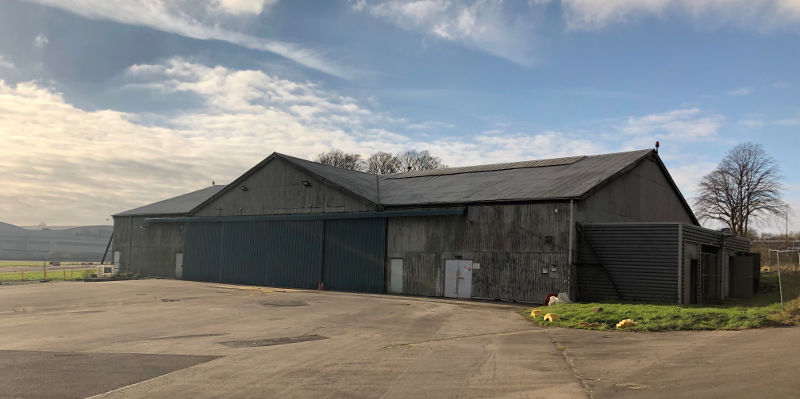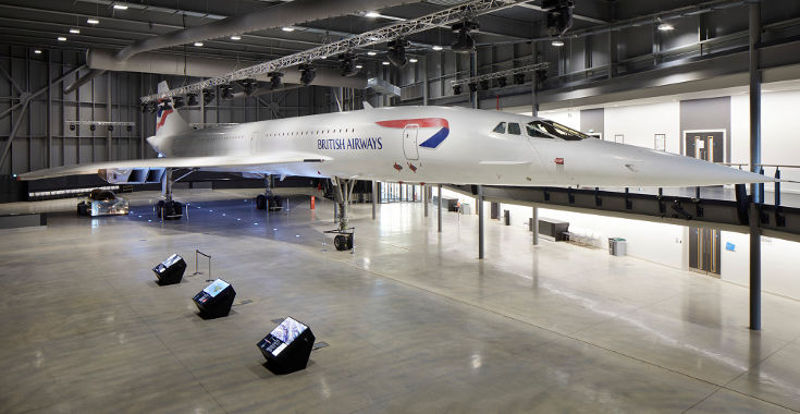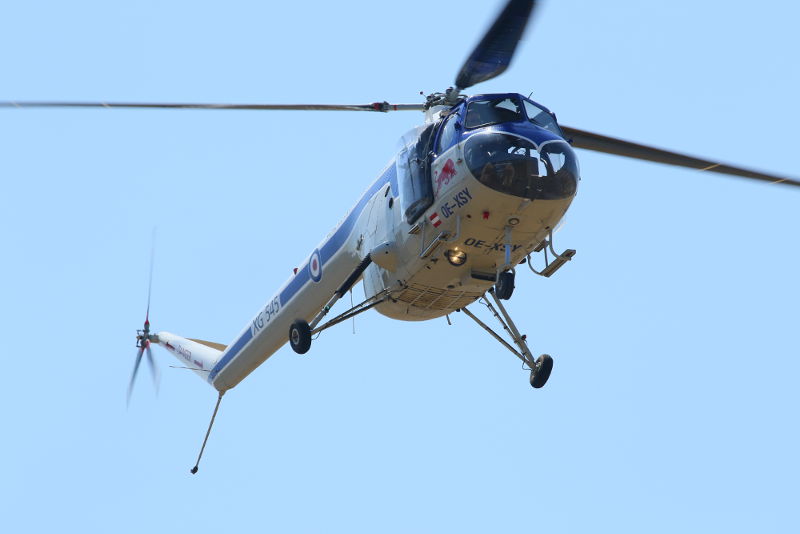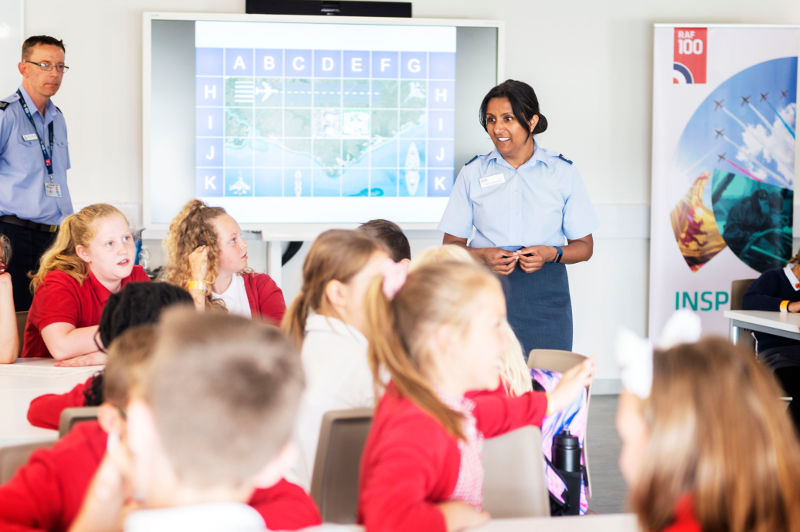£0.5m Biffa Award for Aerospace Bristol
Thursday, January 3rd, 2019
Thanks to a Biffa Award grant of £547,277, Aerospace Bristol will restore a 103-yearold hangar, making it publicly accessible for the first time. Visitors will witness ‘Conservation in Action’ as volunteers undertake important aerospace conservation and restoration projects.
Visitors to Aerospace Bristol will soon be able to enjoy live conservation work taking place on historic Bristol aircraft such as the Bristol Freighter, Fighter, and Bolingbroke. ‘Hangar 16M’, a 103-year-old grade-II listed building on the historic Filton Airfield, is to be restored and repurposed as a Conservation in Action workshop.
Restoration of the hangar – which, until recently, was home to the GWAAC air ambulance helicopter – has been made possible by Biffa Award: a multi-million pound fund that helps to build communities and transform lives through awarding grants to communities and environmental projects across the UK.
Lloyd Burnell, Executive Director of Aerospace Bristol, said:
“This fantastic grant from Biffa Award has given us the opportunity to repurpose the building to become an exciting new part of the visitor experience, engaging visitors with engineering marvels from our aerospace heritage, offering exciting hands-on learning opportunities and stories to inspire future generations. Most museum conservation work is undertaken behind ‘closed doors’, unseen by the public. But as a result of bringing conservation into public view, visitors will not only learn more about the Aerospace Bristol story, but also how vital heritage skills are saving the nation’s past.”
Aircraft and engine restoration works will be undertaken by volunteers, who have already played a pivotal role in making Aerospace Bristol a reality. Over 150 former engineers and community volunteers spent thousands of hours restoring objects that are now on display at Aerospace Bristol, which opened to the public in October 2017. The new facility and Conservation in Action project will allow many of these volunteers, and new members of the volunteer team, to put their skills to good use and share their knowledge with a new generation of engineers and innovators.
Jess Stone, Aerospace Bristol volunteer and Airbus Undergraduate Engineering Apprentice, said:
“It’s really exciting that a new generation will be able to get involved in exciting engineering projects and gain hands-on experience working with aircraft and engines. This is an amazing opportunity for young people to learn from the older generation, who have so much experience and knowledge of Bristol aircraft.”
Maurice Thompson, Air Cadet Squadron Leader, Bristol & Gloucestershire Wing, said:
“It’s absolutely fantastic that Cadets will soon have the opportunity to see aircraft being worked on in a stunning historic hangar. I can’t wait to visit, as I know they’ll be excited and inspired to learn more about the workings and mechanics of aircraft.”
Gillian French, Biffa Award Head of Grants, said:
“It’s fantastic to see this iconic building being given a new lease of life. We are thrilled to support this project that will allow people to witness, and take part in, real life conservation work.”
Restoration work on the hangar is set to begin early this year, to be completed in Autumn 2019.



